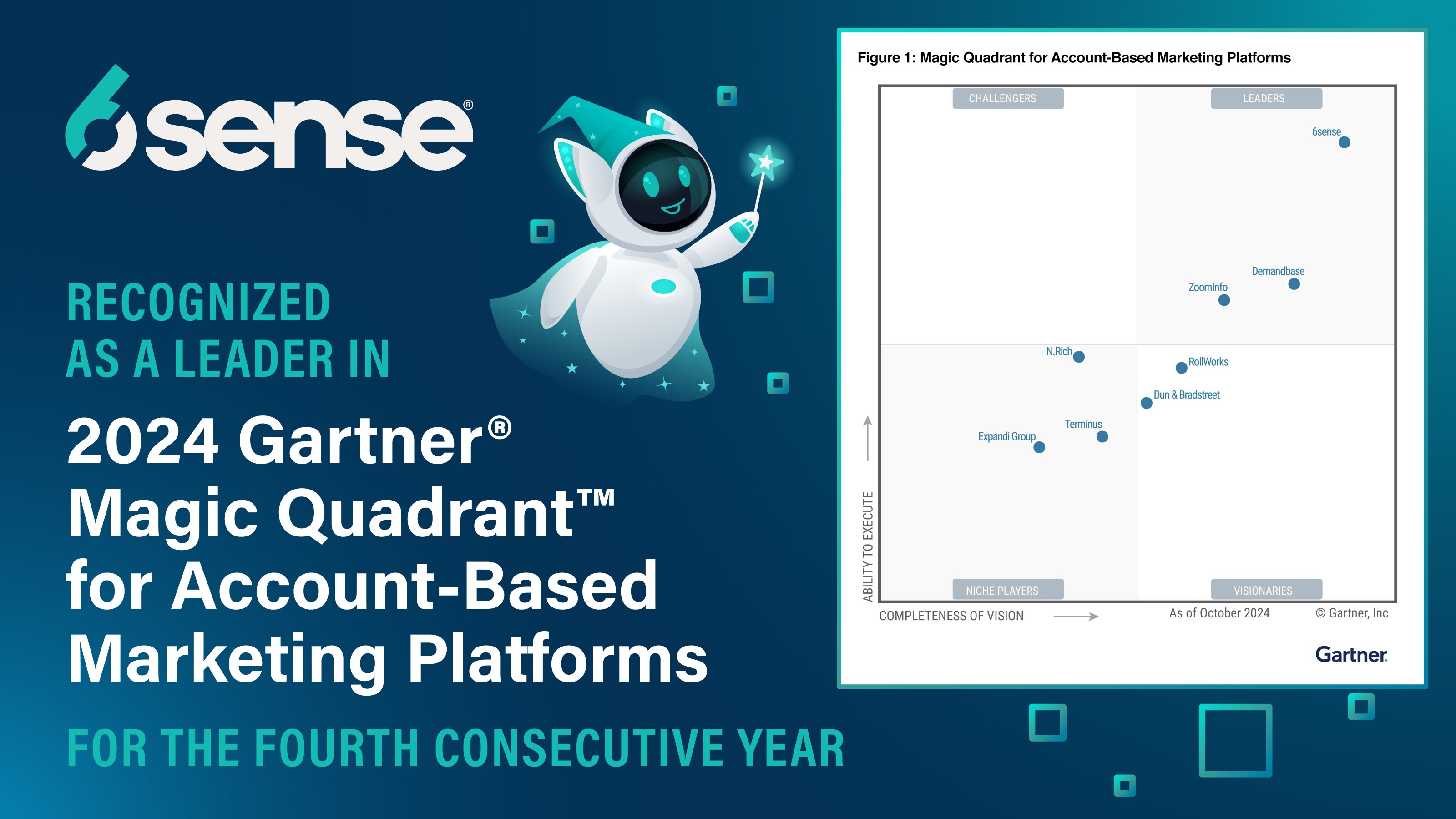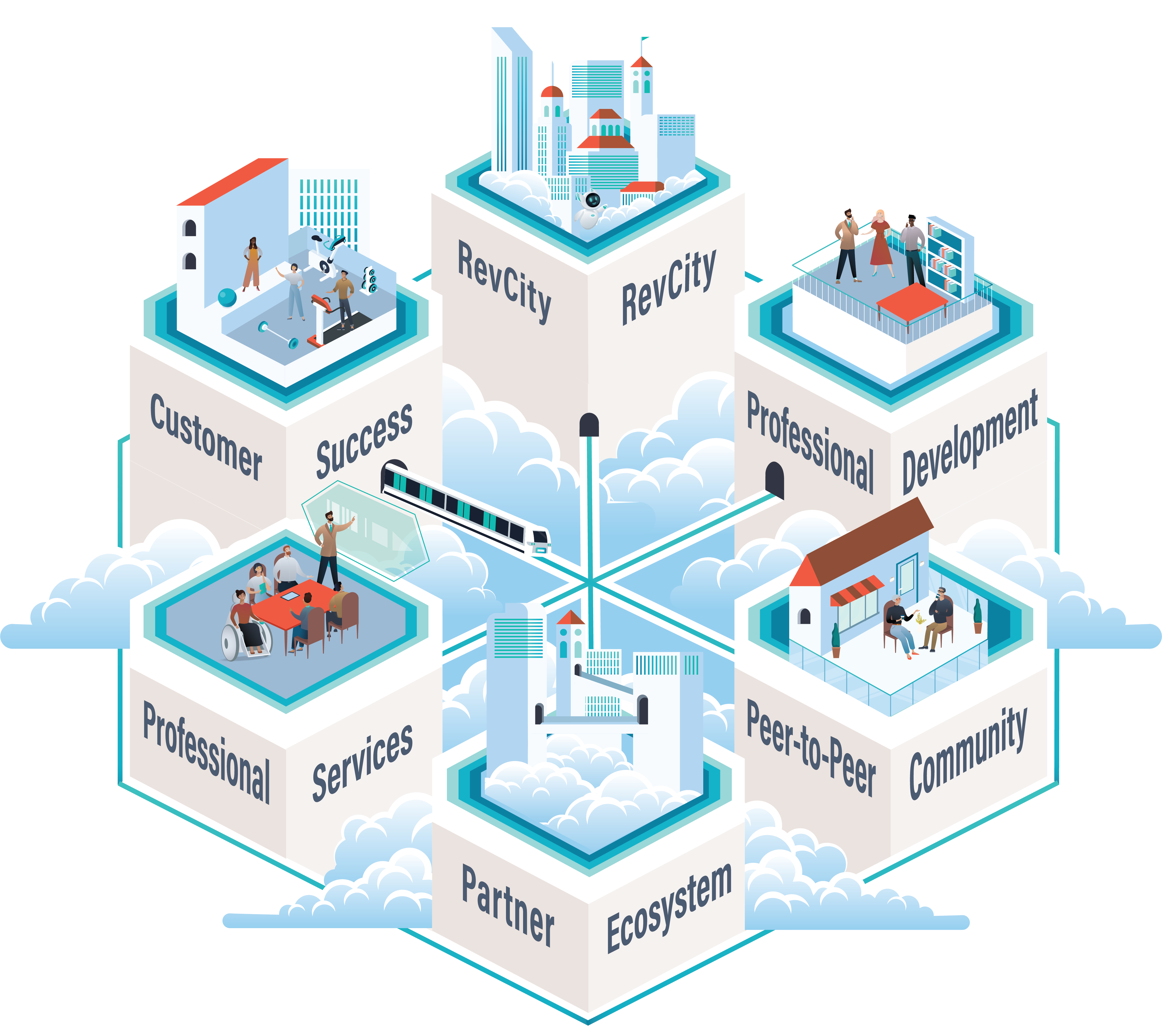Sales and marketing have very different jobs, even if they’re working toward the same goal of driving revenue.
It stands to reason that the two functions would need different technologies to perform their jobs then, right?
Not necessarily.
You may need to use tools differently, but having a unified data platform that tracks common goals makes a huge difference in how marketing and sales work together to win revenue.
One of the largest causes of misalignment between sales and marketing is siloed tech. Disparate platforms holding (often overlapping) data that don’t speak to each other will result in frustration and headaches.
It’s important to:
- Design your tech stack in a way that minimizes overlap,
- Identify one source-of-truth, and
- Implement new technology in a thoughtful, measured way so as not to disrupt your equilibrium.
Let’s look at some of the common problems that come with too much technology and how you can work toward a brighter future.
The Problems with Different Tech Stacks
Data Issues
When sales and marketing rely on too many separate technologies, the biggest issue they encounter is data disconnects. Data is the lifeblood of any organization and all GTM activities flow down from a set of data.
But if sales’ CRM and marketing’s MAP aren’t communicating, data will quickly become misaligned and ultimately result in a negative buying experience.
Buyers will receive campaigns with different messaging at the wrong times and may be contacted too much. An incohesive experience doesn’t inspire much confidence.
No-frills Campaigns
Buyers crave personalized experiences. But with too many technologies driving interactions with those buyers, sellers and marketers lose the ability to personalize at scale.
Instead, buyers get campaigns that are generic and often not personalized beyond their name in the subject line. Too many different technologies reduce the ability to inject deep insights about your buyers into campaigns, because you’re managing them across different platforms and different teams. One hand might not know what the other is doing.
Misaligned Goals
We’re in the Revenue Era. That means instead of marketing focusing on leads and sales closing deals both teams should be laser-focused on one goal: generating revenue.
With multiple technologies sales might be focused on the number of cold calls or emails while marketing is focusing on how many email opens they get, but that loses sight of the bigger picture.
Sellers and marketers should be looking at metrics that reveal how deals are being influenced like: account engagement score, buying team engagement, in-market accounts influenced, account velocity between stages.
Revenue teams need to be focused on next-gen metrics that highlight how they’re moving the needle toward closing deals.
How to Achieve Tech Stack Unity
A simpler, cohesive tech stack won’t be built in a day. It requires careful planning and execution across an entire organization. But, the benefits are tangible and worth it in the long run.
Agree on a Single Source-of-Truth
Aligning both sales and marketing on a source of data they both agree on will go a long way in ensuring every single activity is sent to the right buyer at the right time with the right message.
- Provide actionable insights not just data
- Offer ways to ensure the data stays up-to-date and accurate
- Can be injected into other technology so all your people and their tools are working from the same playbook
Leverage AI
Advancements in AI now make it possible to have AI agents (autonomous AI programs that can perform complex objectives to achieve a goal) replace the need for multiple platforms.
- Uncover hidden insights about buyers based on their behavior
- Reveal which accounts are top targets for outreach
- Launch personalized email (and other channel) campaigns at scale
- Handle replies and qualification through email, reducing manual tasks
- Spot data problems and resolve them automatically
Not only does the right AI-powered technology reduce the need for other platforms, it also reduces manual workloads across sales and marketing while driving efficiency upward.
Conclusion
Sales and marketing need to start working from the same platforms to ensure they are delivering comprehensive experiences to buyers who crave a personalized journey.
Interested in how 6sense can serve as a central cog in your tech stack? Check out a demo here.



